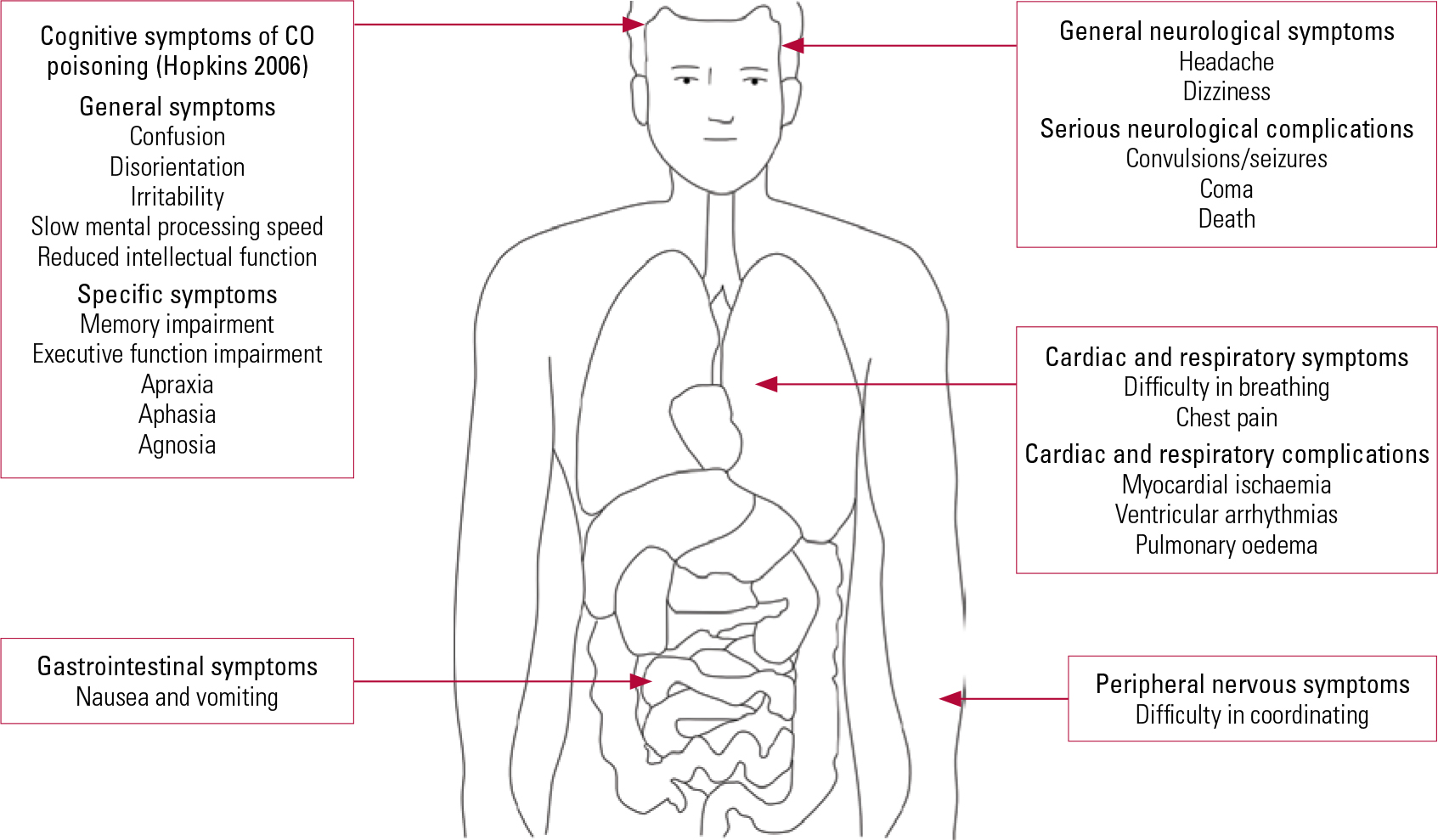

In what was then a very novel finding, Haldane concluded that most of the deaths in several devastating British mine explosions were attributable to carbon monoxide poisoning and not asphyxia from inadequate oxygen or traumatic effects of the explosions ( 47). In 1896, in an extremely influential report, Haldane presented his assessment of the causes of death in colliery explosions (ie, explosions in coal mines) ( 46). Haldane suggested that introducing oxygen to organisms subjected to carbon monoxide poisoning might improve the condition ( 43 44), which he elaborated on in subsequent publications ( 44 45 47 46). Haldane showed that rats survived carbon monoxide poisoning when placed in oxygen at a pressure of two ATA (ATA means a pressure reading in technical atmosphere units, which are referenced to a perfect vacuum ).
#Carbon monoxide poisoning symptoms in dogs skin
The bright red skin complexion in victims who died from charcoal fumes (much later recognized as resulting from elevated carboxyhemoglobin levels) was documented by Swiss pathologist and pharmacologist Johann Jakob Wepfer (1620-1695) in the 1600s and by French anatomist, physician, and medical historian Antoine Portal (1742-1832) in the late 1700s. In the 19th and 20th centuries, the increased burning of coal greatly increased the frequency of carbon monoxide poisoning.Įarly recognition of the features of carbon monoxide poisoning. In 300 BC, Aristotle's comment that "coal fumes lead to a heavy head and death" was a reference to carbon monoxide poisoning. Humans have been exposed to carbon monoxide since they first made fire inside sheltered caves.

Hyperbaric oxygen is an important component of the management of carbon monoxide poisoning. The most important diagnostic test for carbon monoxide poisoning is the direct spectroscopic measurement of carboxyhemoglobin level in the blood. Carbon monoxide exposure causes oxidative stress that triggers activation of N-methyl-D-aspartate-neuronal nitric oxide synthase pathway, a key factor in the progression of carbon monoxide–mediated neuropathology. The most significant neurologic and psychiatric manifestations of carbon monoxide poisoning are subacute or late sequelae, often following a period of apparent recovery from an acute episode. Most of the signs and symptoms of carbon monoxide poisoning are due to hypoxia.


 0 kommentar(er)
0 kommentar(er)
